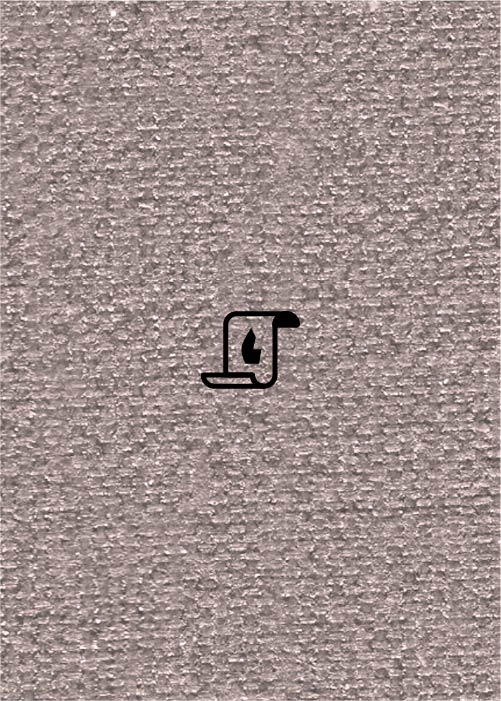Yuval Studies of The Jewish Music Research Centre
Jubal in the Middle Ages
The myth of the biblical figure Jubal as the inventor of music was prevalent among Medieval music threorists while other theorists saw Greek figures such as Pythagoras as the early discoverers of music. The contest between biblical and Greek figures as to who invented music was resolved by theorists in favor of the biblical figures. However by the renaissance era the prevalent view is that there were various inventors of music in different cultures and periods. The figure of Jubal (Genesis 4:21) appears in medieval Christian writings with enrichment of the brief biblical information by motifs from the Apocrypha and Hellenistic Jewish literature, and in apposition to the Greek culture-heroes of music (beginning with Isidore of Seville). A central role is played by the Historia scholastica of Petrus Comestor (fl. ca. 1160), which develops three themes: Jubal invents music for the delight of the shepherds, descendants of his brother Jabal; he discovers the laws of intervals from the hammer strokes of his brother, the smith Tubal; and he perpetuates the 'art of music' on a column of brick and another of marble, to ensure their survival whether the world perishes by fire or by water. Comestor and his followers attribute the latter to Josephus, but in all dependable texts the Josephus story concerns Seth and astronomy. Conflations abound between Sethites and Kainites, Seth and Jubal, Jubal and Pythagoras, and Jubal and Orpheus. The comparison of the antediluvian and postdiluvian world is developed by the music theoreticians into comparisons between ancient and recent music. A particularly extended and rich treatment of the Jubal legend is found in the General Estoria of Alfonso X of Castile.




